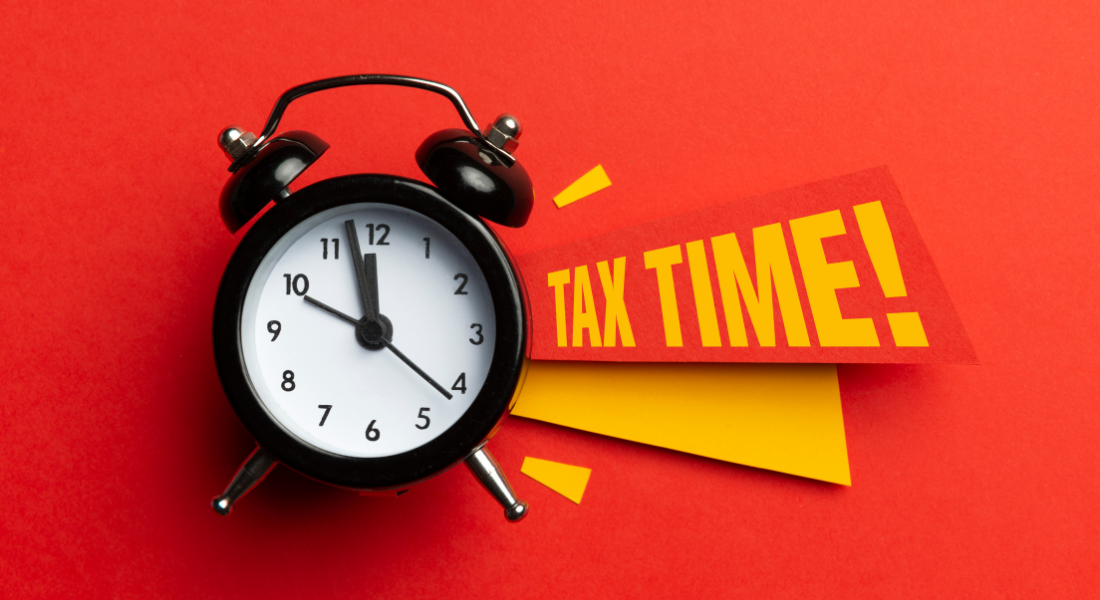The Certified Public Accountant's Guide to Financial Forecasting and Analysis

See the future through numbers with Cartier CPAs
Financial forecasting and analysis is both art and science. As certified public accountants, we blend numerical data with real-world experience and business acumen to help clients predict future performance. Our crystal ball is forged from spreadsheets, benchmarks, and insights you can bank on.
At Cartier CPAs, we're not just number-crunchers. We're trusted advisors who interpret figures and trends to guide strategic decisions. From startups to Fortune 500 companies, our financial forecasting helps businesses seize opportunities and avoid pitfalls.
Join us on a voyage beyond the limits of accounting. Together, we'll navigate uncertainty and shed light on the road ahead. The future is yours to master with our CPAs as your guides.
Introduction: Why Financial Forecasting Matters
"It's tough to make predictions, especially about the future."
Yogi Berra's famous quote rings true in business. The future is uncertain. Market conditions change. New competitors emerge. How can you steer your company with confidence?
Financial forecasting is the compass enterprises need to chart their course. By analyzing past performance and current trends, CPAs predict sales, costs, cash flow, and other metrics. Leaders leverage these insights to:
- Set realistic goals and objectives - Forecasts align business plans with actual performance.
- Make strategic decisions - Should you introduce a new product line? Expand operations? CPAs assess how moves today will impact the future.
- Secure funding - Lenders and investors rely on forecasts to evaluate funding requests and measure progress.
- Benchmark performance - Regular forecasts help monitor achievement of targets and quickly respond to deviations.
While forecasts are not 100% accurate, they give your best estimate of what lies ahead. With comprehensive models and scenario planning, CPAs help you anticipate challenges and capitalize on opportunities.
CPAs Partner with Companies for Ongoing Forecasting
Financial forecasts are not one-time events. They require continuous fine-tuning to reflect changes in the business climate. CPAs work closely with clients to:
- Establish forecasting frameworks - We help design forecast models tailored to your operations, reporting needs, and growth strategies.
- Gather inputs - CPAs collect historical data, industry benchmarks, and assumptions from your leadership team to inform forecasts.
- Analyze and interpret data - We identify trends and key drivers of performance to project future results.
- Present findings - CPAs deliver forecast reports and presentations with actionable insights.
- Update forecasts regularly - As new data becomes available, we revise projections to ensure accuracy.
- Track variance - By comparing forecasts with actual results, CPAs highlight areas for improvement.
This collaborative process yields living forecasts that evolve with your business. With CPAs as partners, you can plan for the future with confidence.
Types of Financial Forecasts CPAs Prepare
CPAs employ various forecasting methods depending on your business needs:
1. Sales Forecasts
- Projected sales revenue serves as the foundation for overall financial plans.
- Analyze past sales data, market conditions, and new initiatives.
- Typical metrics:Sales volume by product/service
2. Expense Forecasts
- Predict overhead, payroll, supplies, taxes, and other upcoming costs.
- Factor in inflation, business expansion, and other influences on expenses.
- Metrics may include:Cost of goods sold
3. Cash Flow Forecasts
- Estimate future cash inflows/outflows month-by-month or quarterly.
- Key for managing liquidity and identifying cash shortfalls early.
- Incorporates projections for:Cash from operations
4. Budgets
- Detailed financial plans for implementing strategies.
- Combines forecasts for income, expenses, headcount, capex, etc.
- Guides day-to-day decision making and execution.
5. Pro Forma Financial Statements
- Projected income statement, balance sheet, and statement of cash flows.
- Illustrates impact of business plans on key financial statements.
- Help assess borrowing needs, ROI of investments, valuation.
Building Blocks of Accurate Forecasting
Forecasting is both art and science. While crunching the numbers, CPAs also rely on the qualitative insights of management. Here are keys to developing forecasts that reflect business realities:
Leverage historical data - Trends in past performance provide a baseline for projections.
Research external factors - Consider economic conditions, industry trends, market changes, and other outside forces that may impact performance.
Identify key assumptions - Consult with managers to determine the variables underlying projections, like price increases, production capacity, inflation, etc.
Model multiple scenarios - Create optimistic, pessimistic, and most likely projections to stress-test strategies.
Compare actual vs. forecast - Review variance to improve forecasting models and methods.
Provide context - Analyze the story behind the numbers to inform strategic decisions.
Update regularly - Revise forecasts as business conditions evolve.
Document methodology - Outline data sources, assumptions, and models used so forecasts can be recreated.
With these best practices, CPAs develop actionable forecasts to guide both short and long-term plans.
Financial Analysis Complements Forecasting
While forecasting focuses on the future, financial analysis evaluates where you stand today. CPAs perform ratio analysis, benchmarking, and other assessments to diagnose current performance.
Key techniques include:
- Ratio analysis - Assess liquidity, leverage, profitability, asset utilization, and other metrics relative to past performance, competitors, or industry averages.
- Common size analysis - Compare line items as a percentage of total assets, net sales, etc. Spot reliance on specific products/customers.
- Trend analysis - Review performance over sequential periods to identify developing trends.
- DuPont analysis - Break down ROI to determine drivers of profitability.
- What-if analysis - Model effects of potential strategies or scenarios on financials.
- Budget variance - Compare actual results to budgets to identify positives/negatives.
Financial analysis provides the foundation for accurate forecasting. By understanding where you are, CPAs can better predict where you are going.
Conclusion: Partner with Cartier CPAs for Strategic Financial Insights
At Cartier CPAs, forecasting is about more than crunching numbers. It's about starting meaningful conversations that inform your future. With customized models and experienced guidance, we provide financial insights to drive growth and mitigate risk.
Let us stress-test your strategies before you make critical investments. With CPAs as strategic advisors, you can approach the future with clarity and confidence.
Contact Cartier CPAs to get started on forecasting that propels your vision forward. The numbers don't lie - your success is our passion.
Contact us today, at Cartier CPA's our goal is to provide clients with the highest level of respect and quality of service.










